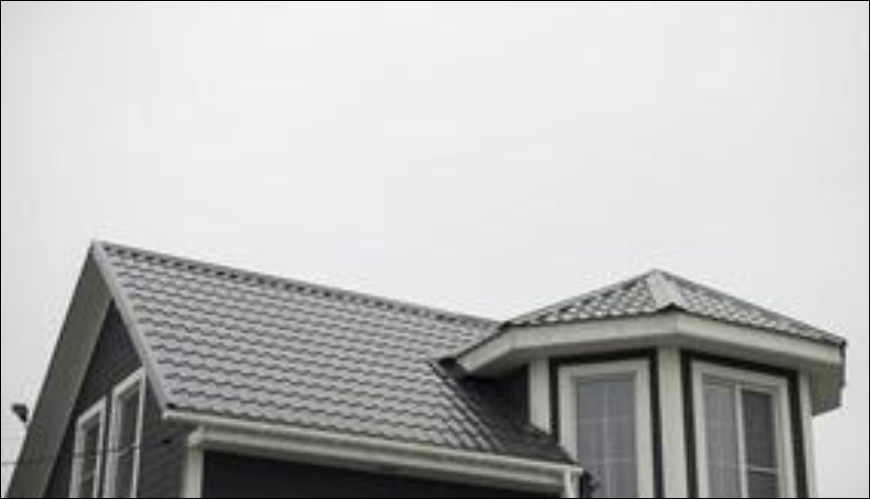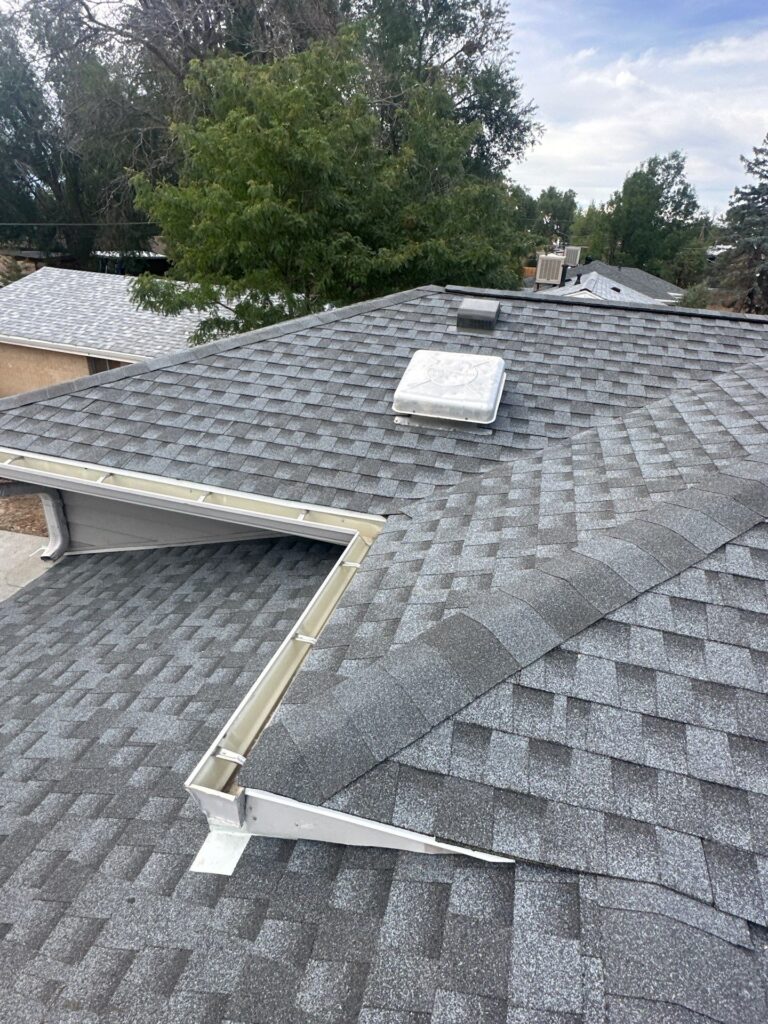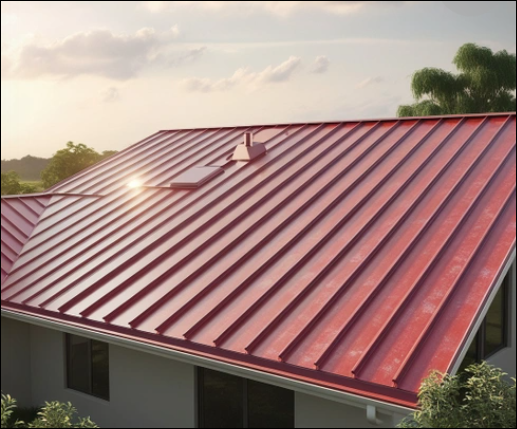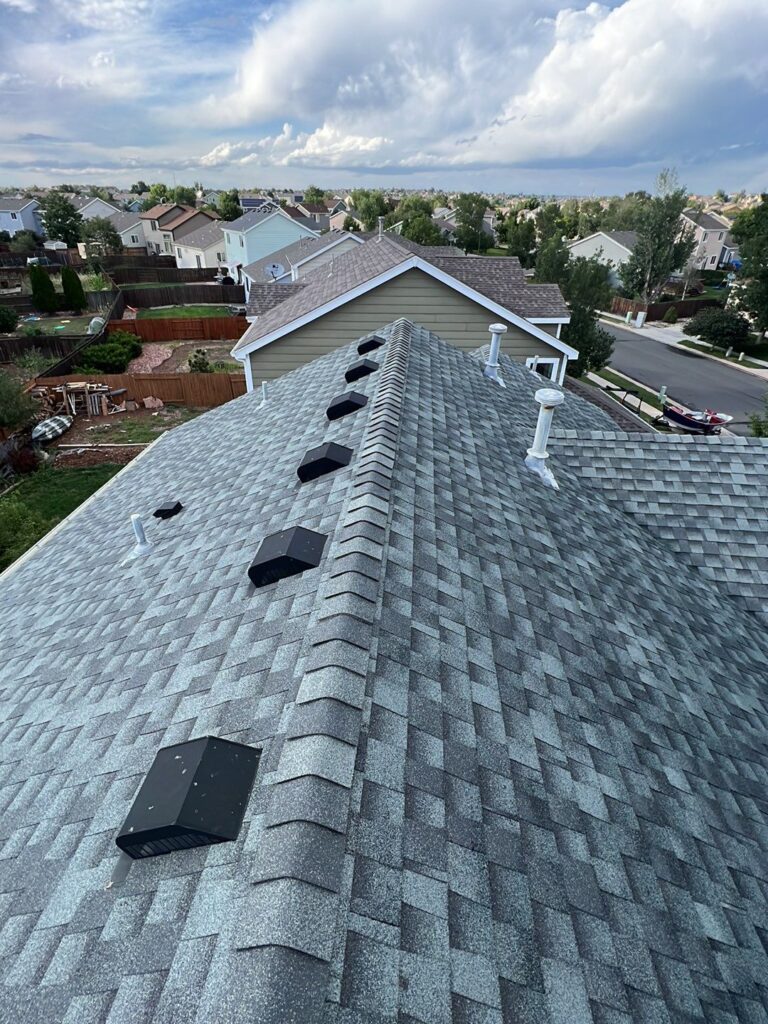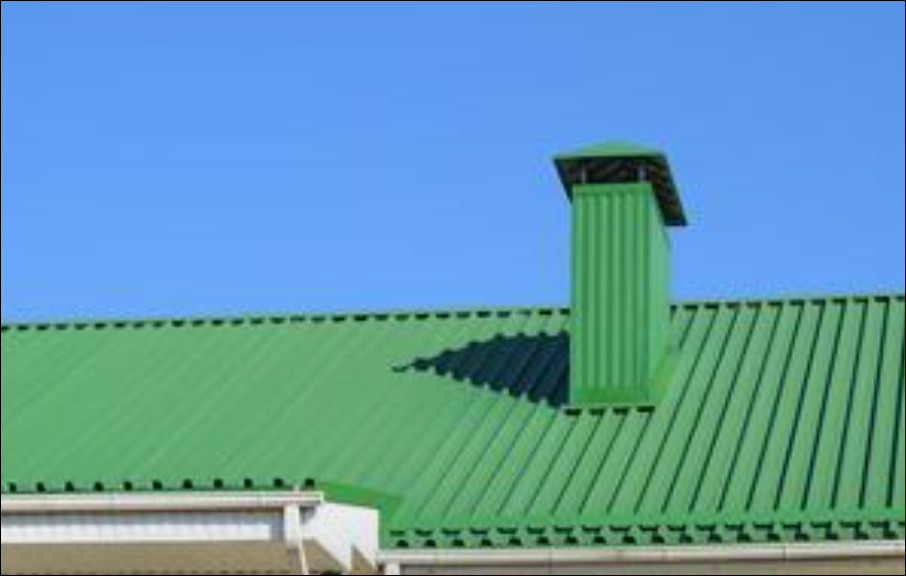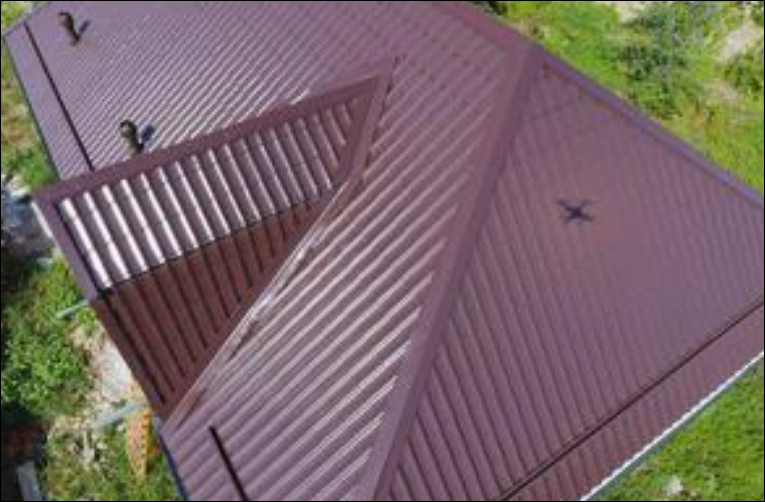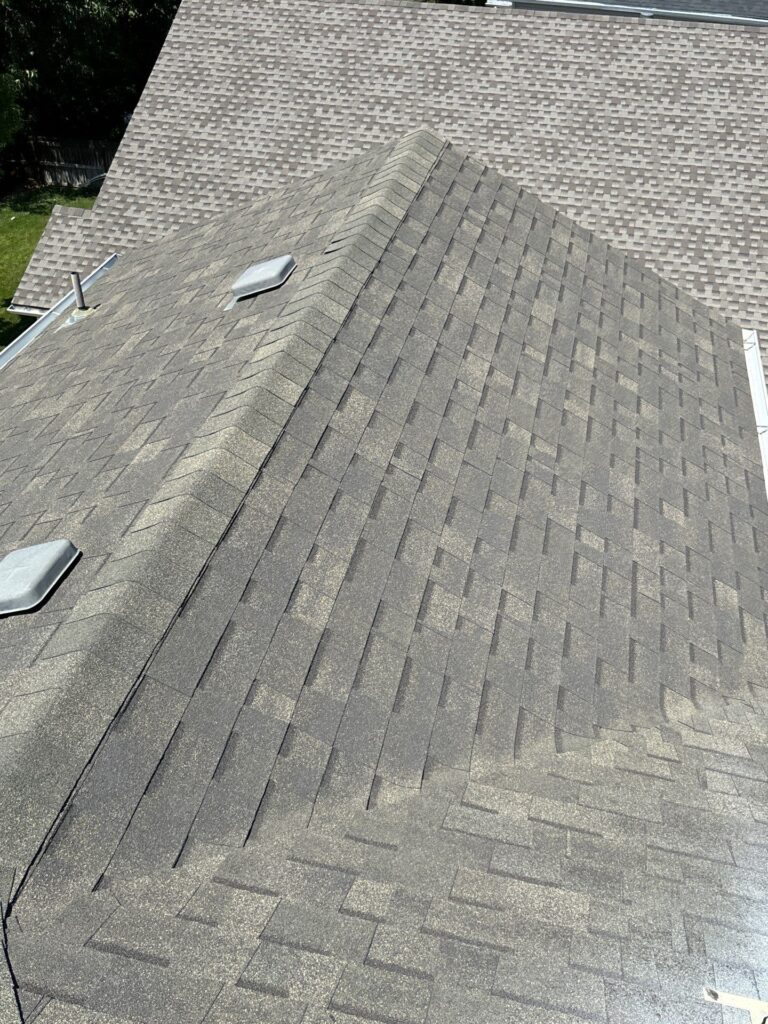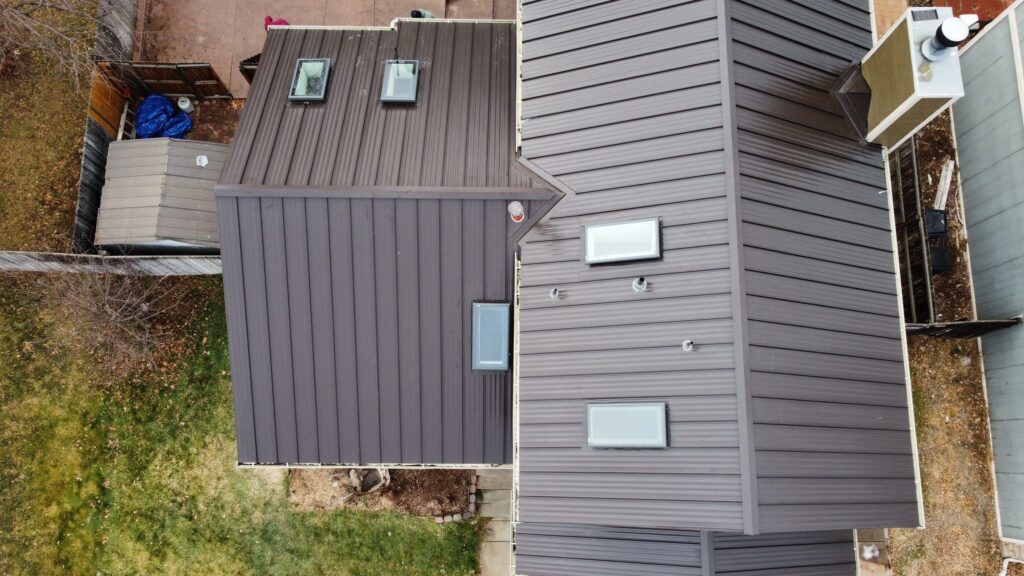Year-Round Roofing Maintenance for Lasting Protection
Maintaining your roofing in Denver, Colorado throughout the year is critical to safeguarding your home from the elements and ensuring its longevity. Each season brings different weather patterns that can affect the roof’s integrity, so it’s important to adjust your maintenance efforts accordingly. By following a comprehensive plan, you can prevent costly repairs and extend the lifespan of your roof.
Spring: Inspect and Repair After Winter’s Impact
Spring is the time to assess your roof for damage after the cold, wet months and prepare it for the rainy season. Here’s how to get started:
- Look for Winter Damage: Winter can leave behind broken or missing shingles, leaks, or other signs of wear. Carefully inspect the roof for any damage, paying close attention to areas near chimneys, skylights, and vents. These spots are prone to water infiltration.
- Clear Gutters and Downspouts: After the winter, debris like leaves and branches can accumulate in your gutters. It’s essential to clean these out to prevent water from backing up and damaging your roof or foundation.
- Prune Overhanging Tree Branches: As trees start growing in spring, branches may extend over your roof. Trim these back to avoid having them rub against or fall onto your roof, which could lead to punctures or shingle damage.
Summer: Protect Against Heat and Moisture
The summer sun can be harsh on your roof, especially in regions where temperatures soar. To keep your roof in good condition through the heat, follow these steps:
- Check for Heat Damage: Prolonged exposure to high temperatures can cause shingles to crack, curl, or blister. Inspect your roof regularly for signs of this type of wear, and replace any damaged shingles to prevent leaks.
- Ensure Proper Ventilation: Adequate ventilation is crucial in the summer months to prevent heat buildup in your attic, which can damage roofing materials. Make sure vents are clear and allow proper airflow to reduce heat stress on the roof.
- Prevent Mold and Algae Growth: Humidity during the summer can create ideal conditions for mold and algae to grow on your roof. Look for discoloration or streaks on your shingles, and clean them with a water-and-bleach solution to prevent long-term damage.
Fall: Prepare for Falling Leaves and Cold Weather
As fall approaches, your roof needs to be prepared for both falling leaves and the onset of colder temperatures. Here’s what you can do:
- Keep Gutters Clean: Fallen leaves and other debris can quickly clog gutters, preventing proper water drainage. Clean gutters frequently throughout the fall to avoid water pooling on the roof, which could lead to leaks or ice buildup in the winter.
- Inspect Roof Flashing: Flashing around chimneys, skylights, and vents is a common source of leaks. Before winter sets in, check that all the flashing is in good condition and properly sealed to keep water out during heavy rain or snow.
- Schedule a Professional Inspection: Fall is an excellent time to hire a roofing company like Tried and True Roofing for a detailed inspection. A professional can spot potential problems early and recommend the necessary repairs before the colder months.
Winter: Protect from Snow and Ice Buildup
Winter presents unique challenges, from snow and ice buildup to freezing temperatures. These tips will help you protect your roof during the winter months:
- Prevent Ice Dams: Ice dams occur when warm air escapes through the roof, melting snow that refreezes at the roof’s edge. This can cause water to back up and seep under your shingles. Ensure your attic is well-insulated to reduce heat loss and prevent ice dams.
- Safely Remove Snow: Heavy snow can place a lot of stress on your roof, especially in regions prone to heavy snowfall. Use a roof rake to safely remove snow without damaging the shingles. If necessary, consider hiring a professional to handle the snow removal.
- Check Attic Insulation: Proper insulation in your attic can help regulate your home’s temperature, reduce energy costs, and protect your roof from the formation of ice dams. Assess your insulation levels and add more if necessary.
Regular Roof Maintenance for All Seasons
No matter the time of year, regular maintenance is key to ensuring your roof remains in top condition. Consistent inspections and proactive repairs can prevent significant damage and costly fixes down the line. Address minor issues as they arise, clean gutters routinely, and perform seasonal checks to avoid long-term damage.
For those looking for professional assistance, hiring a roofer in Denver can provide peace of mind that your roof is being maintained to the highest standards. Companies like Tried and True Roofing offer expert services, from inspections to full roof replacements, ensuring your home is prepared for any weather.
Conclusion
Year-round roof maintenance is essential to protect your home and avoid unnecessary repair costs. By following a seasonal maintenance plan, you can stay ahead of potential issues and ensure your Denver roof is always ready for what’s to come. If you need professional support with inspections, repairs, or roof replacement, reach out to Tried and True Roofing. Their team of experts can help you maintain a durable, reliable roof through every season.
Year-Round Roofing Maintenance for Lasting Protection Read More »



